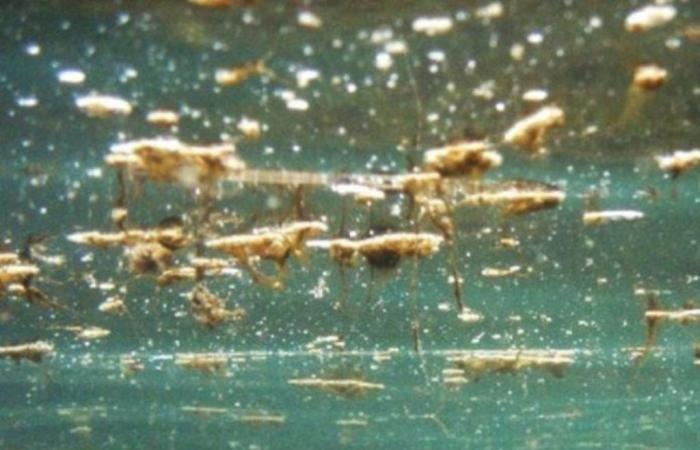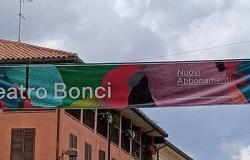Summer is in full swing and, like every year, an unwelcome guest returns to the seas of Puglia. The toxic algae has reappeared in many parts of the very long coast of Puglia, from north to south, forcing tourists not to enjoy the refreshment of a nice swim. The report by Arpa Puglia speaks clearly. Ostreopsis ovata, the scientific name of the algae that proliferates in warm and tropical seas, has multiplied and increased its percentage of presence in coastal waters in the second half of June.
The report of Arpa Puglia
Comparing the reports of Arpa Puglia, in fact, in the first fifteen days of the month that opens the summer the data of the presence of the bacterium are very low. The areas in which the concentration of the alga is confirmed are mainly the same as the report of the first fifteen days of August drawn up by Arpa Puglia, albeit with some additions.
Red shirt
Highly affected by the conspicuous presence of Ostreopsis ovata is the beach of “Lido Trullo” in Bari, which goes from having no presence of organisms in the previous report of the Agency to registering the highest number with 230 thousand organic particles in the sample. For the province of Barletta-Andria-Trani the most affected area is precisely that of Bisceglie, 500 meters south of the city sewer, which goes from 300 units in the first report to 111 thousand per sample.
Orange Jersey
Moving to the Brindisi area, the orange jersey goes to the coastal area of the well-known seaside resort of Torre Canne, where the highest concentration of the bacterium is found in the waters that bathe the coast in front of the lighthouse. Here too there is a passage of high concentration of toxic algae that jumps from 120 units to 19 thousand recorded in the second report.
Green jersey
For Taranto and Lecce, specifically in Baia D’Ugento and Porto Badisco, Enea’s port of call, where for both tourist seaside destinations the concentration goes from zero, as recorded in the first report of the first half of June, to 3 thousand for the bay of Ugento and 2500 for Porto Badisco. The Pietra Nera localities of Foggia, with 200 units, Forcatella of Brindisi, with 900 units and some localities of the Bari area such as Molfetta prima cala, with 600 units, Lido Lucciola, 800, and Riva del sole 400 units are included in the report, but with minimal quantities. This year’s data is emblematic if compared to that of last year where, in the same period, the concentration of the toxic algae bacterium was practically zero, while it began to show its presence only in the second part of July, to become more insistent in August.






